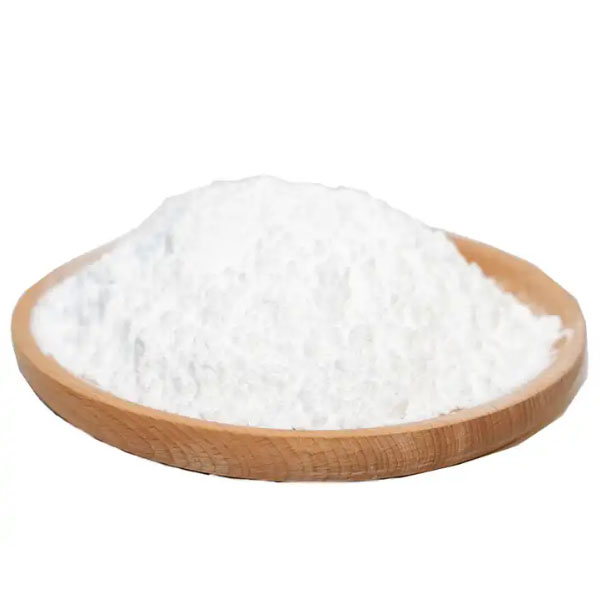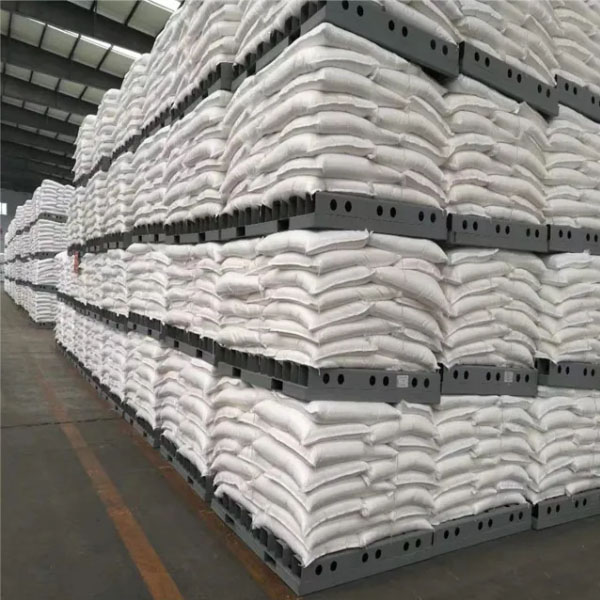How Does Sodium Polyacrylate Absorb Water?
Sodium polyacrylate, a superabsorbent polymer with the chemical formula(C3H3NaO2)n, is renowned for its remarkable ability to absorb and retain water. This unique property makes it invaluable in various applications, from personal care products to agricultural enhancements. Understanding the mechanisms behind sodium polyacrylate's water absorption is crucial to appreciating its diverse uses and potential innovations.
Chemical Structure of Sodium Polyacrylate
Sodium polyacrylate is synthesized through the polymerization of acrylic acid and sodium acrylate. The resulting polymer consists of long chains of repeating units, which contribute to its hydrophilic (water-attracting) properties. The molecular structure features negatively charged carboxyl groups that play a pivotal role in its interaction with water.
Molecular Composition
Monomers: The primary building blocks are acrylic acid and sodium acrylate.
Chain Structure: The polymer forms long chains that create a network capable of trapping water molecules.
Charge Properties: The presence of sodium ions (Na+) and negatively charged carboxyl groups enhances its solubility in water and facilitates hydrogen bonding.
Mechanism of Water Absorption
The water absorption mechanism of sodium polyacrylate is a fascinating process driven by its molecular structure. When sodium polyacrylate comes into contact with water, several key interactions occur:
1. Hydrogen Bonding
Sodium polyacrylate interacts with water molecules through hydrogen bonds. The polar nature of water allows it to form bonds with the carboxyl groups present in the polymer. This interaction is crucial for the absorption process, as it leads to the swelling of the polymer.
2. Osmosis and Swelling
Upon absorbing water, sodium polyacrylate undergoes a transformation into a gel-like substance. This process can be described as osmosis, where water moves into the polymer matrix due to osmotic pressure differences. The polymer swells as it absorbs water, significantly increasing its volume.
3. Gel Formation
As sodium polyacrylate absorbs moisture, it forms a stable gel structure that retains the absorbed water. This gel-like state allows the polymer to hold large quantities of liquid without leaking, making it highly effective for various applications.

Factors Influencing Water Absorption
Several factors affect the efficiency of sodium polyacrylate's water absorption capabilities:
1. Ionic Strength
The ionic strength of the surrounding environment can significantly impact absorption rates. In pure water, sodium polyacrylate can absorb hundreds to thousands of times its weight in liquid. However, in solutions with higher ionic concentrations (like tap water), absorption may decrease due to competition for binding sites.
2. pH Levels
The pH level of the solution also influences the ionization state of the carboxyl groups within sodium polyacrylate. Higher pH levels can enhance solubility and absorption rates by increasing the ionization of these groups.
3. Temperature
Temperature affects molecular motion and can influence absorption rates. Generally, higher temperatures increase kinetic energy, potentially enhancing the rate at which sodium polyacrylate absorbs water.

Applications Leveraging Water Absorption
Sodium polyacrylate's exceptional water-absorbing properties have led to its widespread use across various industries:
1. Personal Care Products
Sodium polyacrylate is commonly found in diapers, feminine hygiene products, and adult incontinence products due to its ability to absorb large volumes of liquid quickly. This ensures comfort and dryness for users while preventing leakage.
2. Agriculture
In agriculture, sodium polyacrylate is used as a soil conditioner that enhances moisture retention in soils. By incorporating this polymer into soil mixtures, farmers can reduce irrigation frequency and improve crop yields, particularly in arid regions.
3. Water Treatment
Sodium polyacrylate plays a vital role in wastewater treatment processes by aiding in flocculation—where suspended particles aggregate for easier removal from water systems. Its ability to absorb and retain moisture also contributes to improving overall water quality.
4. Industrial Uses
In industrial settings, sodium polyacrylate serves as a thickening agent in various formulations, including paints and coatings. It helps maintain viscosity and stability while enhancing performance characteristics.
5. Medical Applications
In medical fields, sodium polyacrylate is utilized in surgical sponges that absorb bodily fluids during procedures, thereby enhancing cleanliness and safety.

Conclusion
Sodium polyacrylate is a highly effective water-absorbing material due to its unique structure and properties. Its ability to absorb and retain water makes it a valuable component in many products and industries. Understanding the science behind sodium polyacrylate's water-absorbing capabilities allows for further advancements in its applications, leading to improved products and solutions in various fields.
Exploring the Versatility of Sodium Polyacrylate: A Multi-functional Polymer
- Art
- Causes
- Crafts
- Dance
- Drinks
- Film
- Fitness
- Food
- Παιχνίδια
- Gardening
- Health
- Κεντρική Σελίδα
- Literature
- Music
- Networking
- άλλο
- Party
- Religion
- Shopping
- Sports
- Theater
- Wellness


